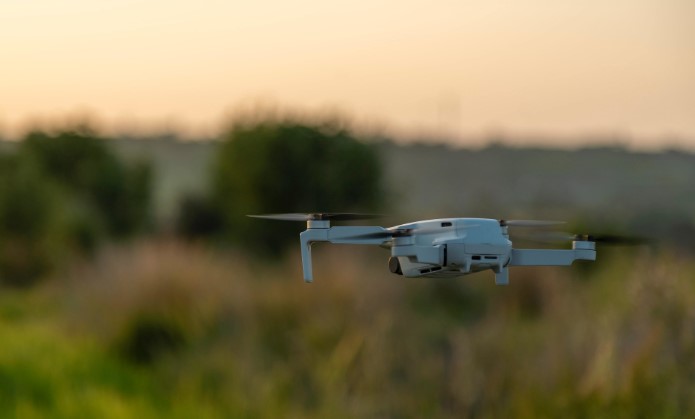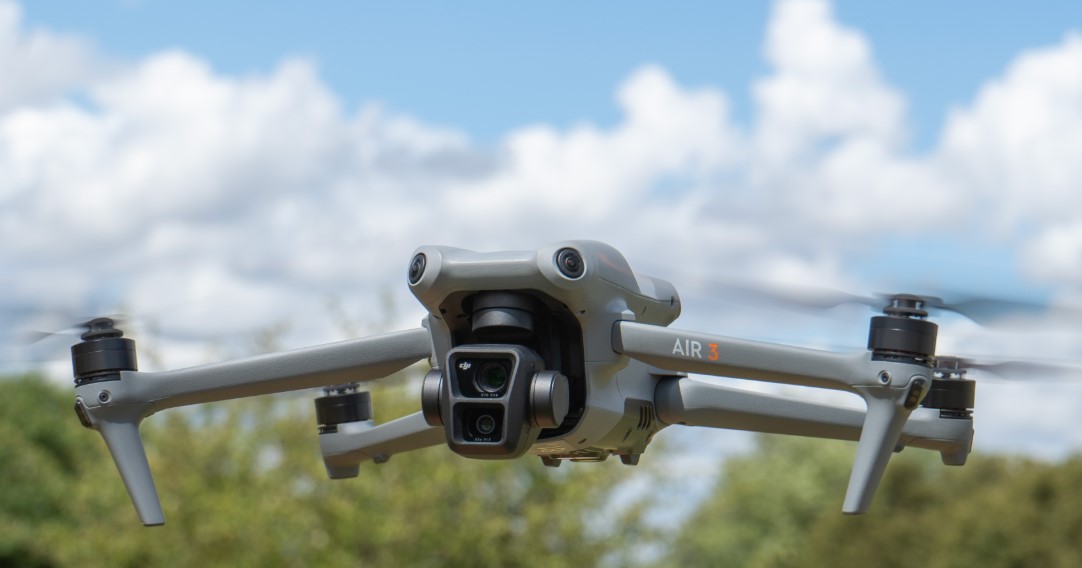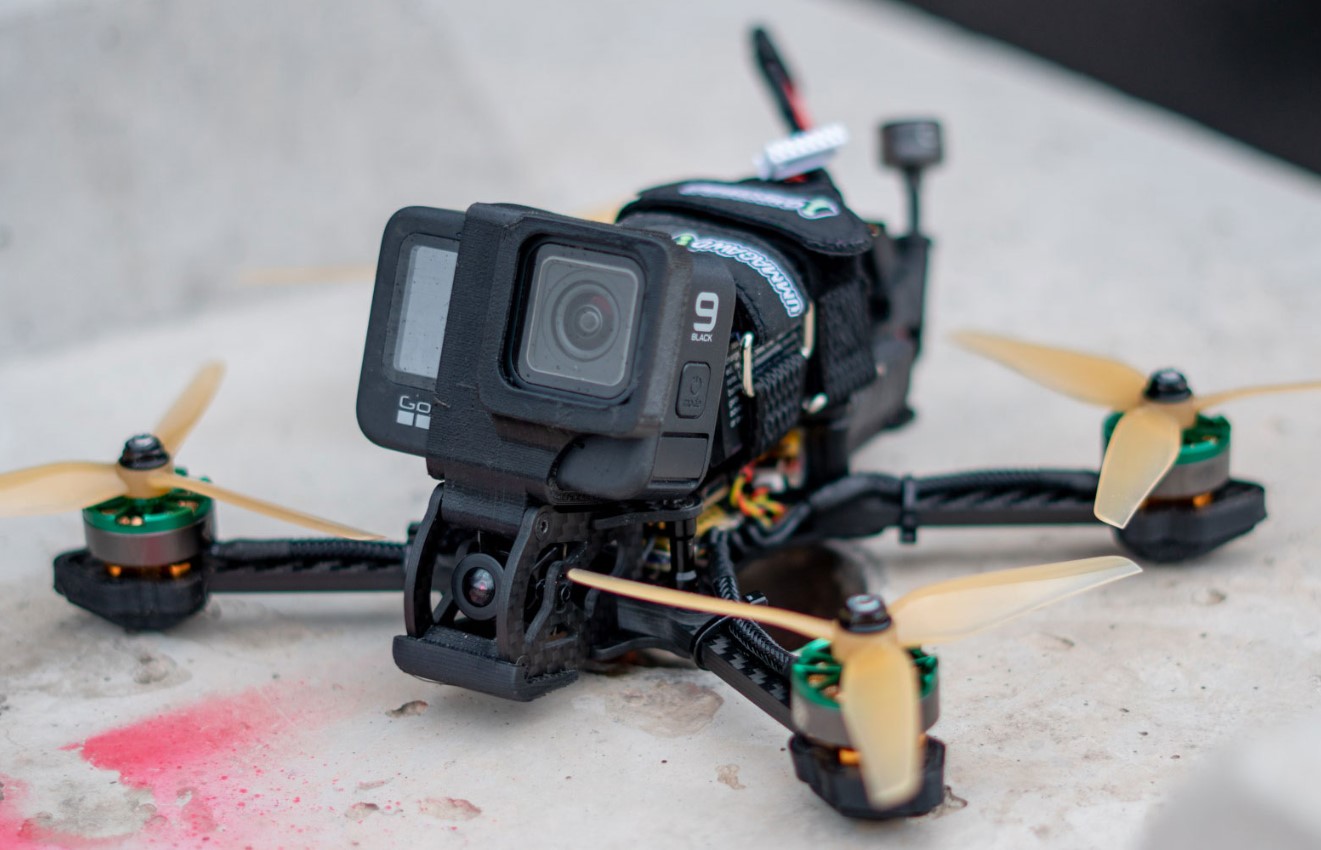Drone fishing, the practice of using unmanned aerial vehicles (UAVs) to drop bait or even catch fish from a distance, has gained popularity among anglers worldwide. It combines traditional fishing techniques with modern technology, offering a more efficient and exciting way to reach areas that are typically inaccessible. However, as drone fishing continues to rise in popularity, one important question remains: Is drone fishing legal in Australia? Follow Dronevoz.com !!!
Australia, with its vast coastlines and diverse marine life, is a prime location for fishing enthusiasts. The country has numerous regulations in place for various fishing activities, but when it comes to drone fishing, the rules can be a bit more complex. In this article, we will delve into the legalities surrounding drone fishing in Australia, exploring the existing regulations, potential risks, and how anglers can stay compliant while enjoying this innovative method of fishing.
The Rise of Drone Fishing in Australia
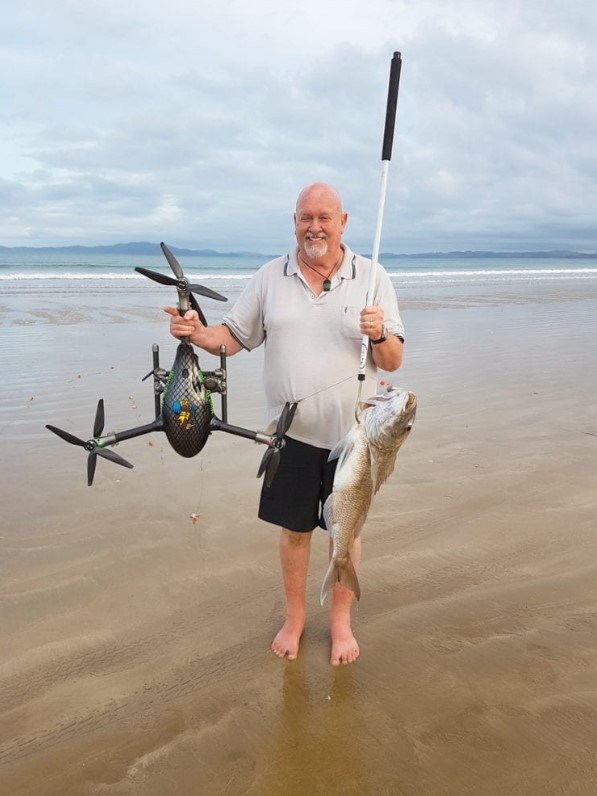
Drone fishing has become a popular activity for anglers in Australia over the past few years. It allows them to cast their lines further than they could ever hope to reach by traditional means, such as from the shore or a boat. Drones equipped with cameras and bait release mechanisms can carry fishing lines over long distances, delivering the bait to deep waters where fish are often abundant. Additionally, drones help anglers identify ideal fishing spots using live footage, improving their chances of a successful catch.
The appeal of drone fishing lies in its efficiency, the thrill of using cutting-edge technology, and the convenience it offers. However, as with any new technology, it’s essential for anglers to understand the legal implications of using drones for fishing, as misuse can lead to legal consequences.
Is drone fishing legal in Australia? Drone Regulations in Australia
In Australia, drone use is governed by strict regulations set by the Civil Aviation Safety Authority (CASA), the national body responsible for aviation safety. These rules are designed to ensure drones are operated safely and do not pose a risk to people, wildlife, or property. While these regulations apply to all drone users, they are particularly relevant to drone fishing, where UAVs are flown in proximity to people, waterways, and wildlife.
CASA Regulations for Drones
Under CASA regulations, all drones weighing more than 250 grams (including drone fishing gear) must be registered, and their operation is subject to specific restrictions. These include:
- Flying Above 120 Meters: Drones cannot fly above 120 meters (400 feet) above the ground, ensuring they don’t interfere with manned aircraft.
- Line of Sight: Operators must maintain a direct line of sight with their drone at all times. This can be particularly challenging for drone fishers, as they often fly their drones out of sight over water.
- No Flying Over People or Crowds: Drones should not be flown over people, which includes other anglers, beachgoers, or anyone near the fishing area.
- Restricted Areas: Drone operators must be aware of restricted airspace, such as airports, military zones, and national parks, where flying drones is prohibited.
Violating these rules can lead to fines or other penalties, including suspension of drone operation rights.
>>> Click Is Drone Fishing Legal In Florida?
State and Territory Fishing Regulations
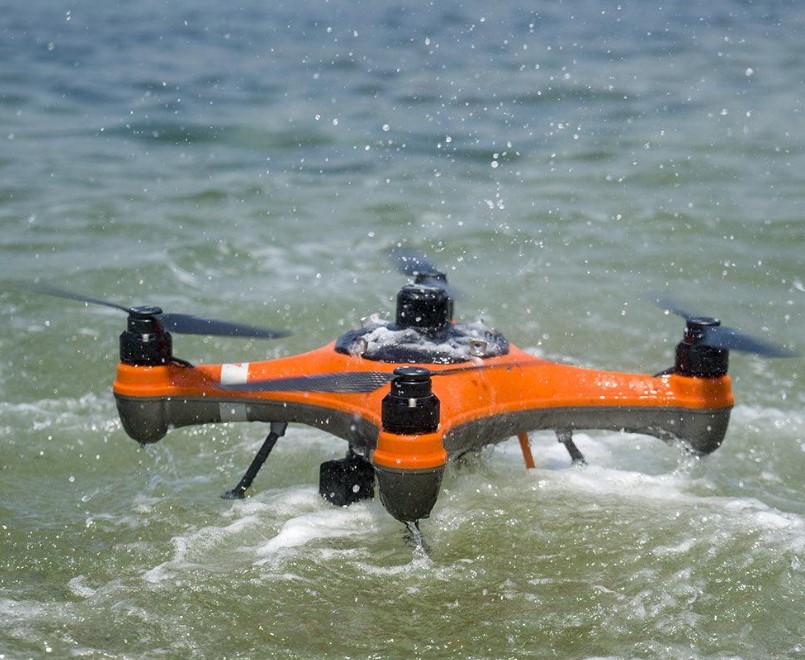
In addition to CASA’s regulations, drone fishing is also subject to state-specific fishing laws. Each state and territory in Australia has its own rules for fishing practices, including the use of drones. These regulations can vary significantly, and anglers should familiarize themselves with the specific rules governing drone fishing in the area where they intend to fish.
For instance, in some regions, drone fishing may be allowed for recreational use, but there may be restrictions on the number of rods used, fishing during certain seasons, or baiting practices. Additionally, fishing in designated conservation areas, protected marine zones, or near reefs may be prohibited to prevent harm to the ecosystem.
Is drone fishing legal in Australia?
Drone fishing in Australia is allowed where fishermen must contribute to established regulations such as licenses, legal fishing locations, etc.
Potential Legal Issues with Drone Fishing in Australia
While drone fishing is generally legal in most parts of Australia, several issues could lead to legal complications for anglers if not properly addressed:
- Environmental Concerns
Drone fishing could potentially have negative environmental impacts. For example, if drones are used to drop bait in sensitive ecosystems, such as coral reefs or marine reserves, they could disturb delicate habitats or inadvertently harm marine life. In these cases, drone fishers may face penalties for breaching environmental protection laws or disturbing protected species.
Additionally, drones might also interfere with birds, marine mammals, or other wildlife. Since many of Australia’s coastal areas are home to endangered species, such as sea turtles or migratory birds, drone operators should be cautious and avoid flying near wildlife.
- Fishing Licenses and Permits
In many parts of Australia, anglers are required to hold a valid fishing license or permit to fish in certain areas. These licenses typically cover fishing from traditional methods such as boats or shore fishing. However, some states may require additional permits for drone fishing due to the unique nature of this method. Failing to obtain the proper license or permit could result in fines or the confiscation of equipment.
- Drone Size and Safety
The use of large drones in crowded or public areas, such as beaches or popular fishing spots, could raise concerns about safety. While CASA has established guidelines regarding drone weight, some drone fishers may be tempted to use larger drones, which could increase the risk of accidents. Drones that fall or malfunction could cause injury to people or damage to property, leading to potential liability issues for the operator.
- No-Fly Zones and Airspace Restrictions
Certain areas in Australia, such as near airports, military zones, or urban centers, are designated as no-fly zones for drones. This could complicate drone fishing for individuals who wish to fish near these areas. Additionally, the proximity to restricted airspace can result in drones being grounded, and operators could face penalties for violating airspace regulations.
>>> Read More: Is Drone Fishing Legal in California?
How to Stay Compliant with Drone Fishing Laws
To enjoy drone fishing legally and responsibly in Australia, anglers should follow these steps:
- Check Local Fishing Regulations: Research the local fishing laws specific to the region you wish to fish. Look for any special rules concerning the use of drones for fishing, especially in protected marine areas.
- Obtain the Necessary Permits: Ensure that you have the correct fishing license and any additional permits required for drone fishing.
- Follow CASA Guidelines: Always operate your drone according to CASA’s safety rules, such as maintaining line of sight, avoiding no-fly zones, and not exceeding altitude limits.
- Respect Wildlife: Be mindful of the impact that drone fishing may have on the environment and wildlife. Avoid flying over protected areas or disturbing marine life.
- Maintain Drone Safety: Make sure your drone is in proper working condition, and avoid flying in dangerous weather conditions to minimize the risk of accidents.
Best fishing drones Australia
In this guide, we’ll explore some of the best fishing drones available in Australia, taking into consideration factors like flight time, payload capacity, durability, and ease of use.
SwellPro SplashDrone 4
The SwellPro SplashDrone 4 is one of the most popular drones for fishing in Australia. Known for its rugged design and excellent water resistance, this drone is specifically designed for anglers who need a drone that can withstand harsh conditions.
Features:
- Waterproof Design: The SplashDrone 4 is fully waterproof, making it perfect for flying in and around water without the risk of damage.
- Payload Capacity: It can carry up to 2.5 kg of bait, which is ideal for long-distance fishing trips.
- Long Flight Time: With a battery life of up to 30 minutes, it allows anglers to fish for extended periods without worrying about the drone running out of power.
- Camera and GPS: Equipped with a 4K camera, the SplashDrone 4 helps anglers scout potential fishing spots and monitor the water surface for activity. Its GPS system also ensures precise control during bait drop.
Pros:
- Waterproof and durable for all-weather conditions.
- Long-range capabilities (up to 5 kilometers).
- High payload capacity, capable of carrying heavier bait.
Cons:
- Expensive compared to other drones.
- Requires regular maintenance for optimal performance.
DJI Matrice 300 RTK
The DJI Matrice 300 RTK is a premium commercial-grade drone that offers powerful performance and can be used for various applications, including fishing. While it’s designed for professionals, it’s an excellent choice for serious anglers who want top-notch features.
Features:
- RTK Precision Technology: The RTK system ensures high-precision GPS, which helps anglers target specific locations with great accuracy.
- Payload Capacity: With a maximum payload of 2.7 kg, it can carry heavier bait and other fishing gear.
- Long Flight Time: The Matrice 300 RTK boasts an impressive flight time of up to 55 minutes, depending on the load.
- Camera Options: With interchangeable camera modules, it allows users to mount high-quality cameras for aerial scouting.
Pros:
- Exceptionally long flight time.
- Excellent payload capacity.
- RTK for precise navigation and targeting.
Cons:
- High price point (best suited for professional use).
- Complex setup and operation.
Autel Robotics EVO II Pro
The Autel EVO II Pro is another excellent option for drone fishing in Australia. This drone is a great middle ground between consumer and professional-grade drones, offering excellent performance at a more reasonable price.
Features:
- Camera Quality: The EVO II Pro features an impressive 6K camera with a large sensor, providing clear and detailed imagery for scouting fishing locations.
- Flight Time: It boasts a flight time of up to 40 minutes, which is more than sufficient for most fishing trips.
- Payload Capacity: While it can carry lighter payloads (up to 0.5 kg), it’s still ideal for fishing trips where bait size isn’t excessively heavy.
- Range: With a range of 9 kilometers, the EVO II Pro can cover vast stretches of water, perfect for reaching remote fishing spots.
Pros:
- Affordable compared to premium drones like the Matrice 300 RTK.
- High-quality camera for scouting and monitoring.
- Good flight time and range for recreational use.
Cons:
- Lower payload capacity compared to more specialized fishing drones.
- May not be suitable for heavy-duty commercial fishing applications.
SwellPro Fisher Drone
The SwellPro Fisher Drone is a budget-friendly option tailored for anglers who want a reliable fishing drone without breaking the bank. This drone is compact and versatile, making it a great choice for casual anglers.
Features:
- Waterproof Design: The Fisher Drone is waterproof, which makes it ideal for fishing in coastal areas, lakes, or rivers.
- Payload Capacity: It can carry up to 1.5 kg of bait, which is suitable for most recreational fishing needs.
- Flight Time: With a flight time of up to 20 minutes, it is sufficient for short fishing trips.
- GPS and Return-to-Home Function: The drone has a built-in GPS and automatic return-to-home function, ensuring a safe flight experience.
Pros:
- Affordable and great for beginners.
- Waterproof and durable.
- Simple to operate with beginner-friendly features.
Cons:
- Shorter flight time compared to high-end models.
- Lower payload capacity limits its use for heavy-duty fishing trips.
PowerVision PowerEgg X
The PowerVision PowerEgg X is a unique drone that’s highly regarded for its versatility and ease of use. It can be used for various activities, including fishing, thanks to its stable flight characteristics and compact design.
Features:
- Waterproof Design: The PowerEgg X is splashproof and can be used in wet conditions, although it is not as fully waterproof as some other fishing drones.
- Payload Capacity: It can carry up to 0.5 kg of payload, which is ideal for lighter fishing applications.
- Camera Quality: Equipped with a 4K camera, it provides clear images and videos to scout fishing spots.
- Flight Time: With up to 30 minutes of flight time, it offers a good balance of performance and efficiency for casual anglers.
Pros:
- Affordable and compact design.
- 4K camera for high-quality scouting.
- Good for lighter fishing tasks and recreational use.
Cons:
- Limited payload capacity for heavier bait or gear.
- Not as rugged as other fishing drones on the market.
DJI Phantom 4 Pro V2.0
The DJI Phantom 4 Pro V2.0 is a reliable and versatile drone that can serve as an excellent fishing tool. While it’s primarily designed for aerial photography, its strong performance and durable build make it a solid choice for fishing.
Features:
- Camera Quality: The Phantom 4 Pro V2.0 boasts a 20MP camera with a 1-inch sensor, delivering high-quality images and videos.
- Flight Time: With up to 30 minutes of flight time, it’s ideal for scouting fishing locations or flying bait over long distances.
- Payload Capacity: It has a limited payload capacity but can carry smaller fishing rigs and bait effectively.
- GPS and Obstacle Avoidance: With advanced GPS and obstacle avoidance technology, the Phantom 4 Pro V2.0 ensures smooth and safe flights.
Pros:
- Reliable and easy to fly.
- Excellent camera for scouting.
- Advanced features like obstacle avoidance.
Cons:
- Limited payload capacity for large baits.
- Not specifically designed for fishing, but works well with some modifications.
Conclusion
Drone fishing in Australia is legal, but it comes with a range of rules and regulations that anglers must comply with. The primary governing body for drone use, CASA, imposes strict guidelines to ensure the safe operation of drones in public airspace, while local fishing regulations will dictate whether or not drone fishing is permitted in specific regions. As drone fishing grows in popularity, it’s essential for anglers to stay informed about the latest laws and best practices to ensure their fishing trips remain enjoyable, safe, and legal. By adhering to both national aviation laws and local fishing regulations, drone fishers can enjoy the benefits of this innovative fishing method without running afoul of the law.
